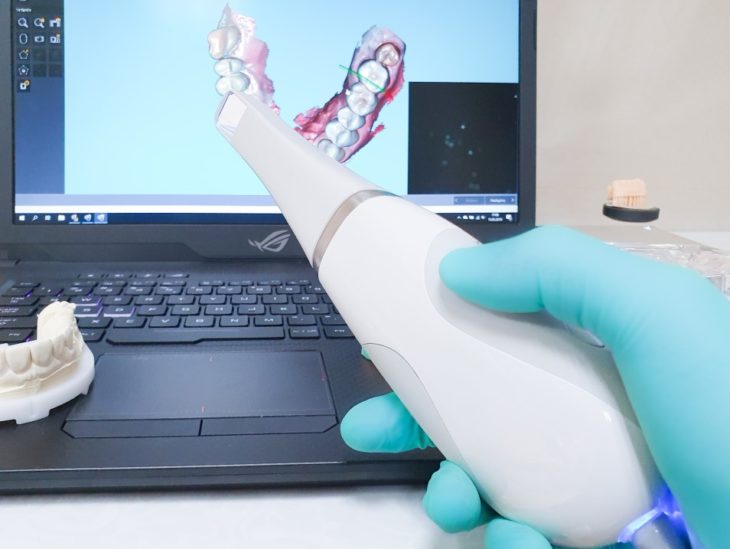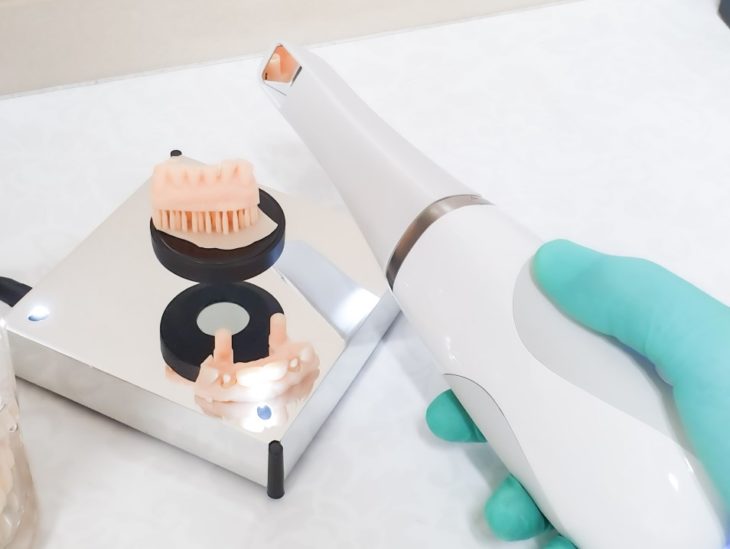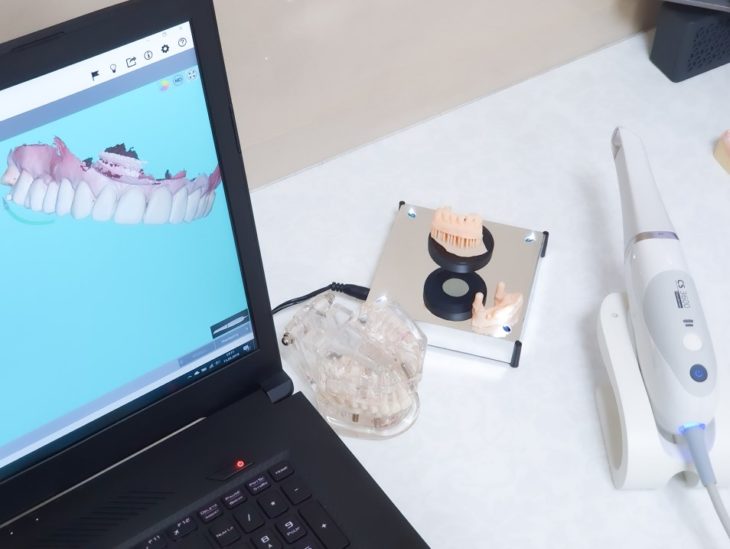3D printing influenced many industries and dentistry isn’t an exception. Our teeth can now be fixed using 3D printing technology and it’s as cool as it sounds. We can now scan our teeth and create their backup by 3D printing them.
As one would expect, these dental 3D printers need to be extremely precise and accurate meaning some seriously advanced technology is in play. The most commonly used technologies are stereolithography and digital light processing or DLP. The process of printing is surprisingly fast and simple and it’s being done in both dentist’s office and labs. Even though this practice is relatively new, it’s already gaining momentum and its popularity is growing rapidly.

Some of the most common applications of 3D printing in dentistry are aligners and night guards. Aligners are an invisible alternative to braces and they’re becoming extremely popular. Creating a 3D model of the teeth allows the dentists to create a custom aligner that will work perfectly for your set of teeth. The main advantage of this practice is its speed and efficiency as producing a full batch of these aligners takes only several hours.
Today, many are choosing to scan their teeth and create a digital copy of them as a backup in case they need it in the future. If you’re constantly performing activities that expose your teeth to injury, it can be quite useful to have a safety net in the form of a scanned copy of your teeth. This is particularly useful for professional athletes and anyone practicing some kind of sport. Creating a digital backup of your teeth and putting on the cloud allows you to fix them quickly after an injury. This can completely change how we look at the visits to the dentists.

All you have to do is visit the dentist’s office, open your mouth, and wait for the scanner to do its job. Dentysta Gliwice reassures that the scanner is small, compact and that there is no need to use any kind of force or apply pressure to the patient’s teeth. The scan will accurately reflect the position of your teeth, their shape, and any potential imperfections, while the entire process lasts for several minutes and it’s completely painless.
This digital clone will enable your dentist to quickly and very accurately reconstruct a new tooth or a whole new set of teeth.

Besides fixing the injured teeth, these digital scans can also be very useful for any necessary orthodontic or dental implant treatment. This is making the dentist’s work a lot easier and more convenient as well as they’re now able to simply send the 3D scan of your teeth to another lab. Having your digital clone of the teeth on the cloud also means that you won’t have to visit your dentist as often.
Fewer visits to the dentist, less necessary equipment and the efficiency of the process means that the cost of the treatment is significantly reduced. As the scan enables the dentists to have a good look at not only the teeth but the bone and the soft tissue as well, they can adjust the treatment more precisely.

